The story behind Max Mara’s sensual Lisbon resort show
Drawing inspiration from the author, intellectual and activist Natália Correia, Ian Griffiths tells Wallpaper* the story behind his sensually minded Max Mara Resort 2023 collection, shown last night in the gardens of Lisbon’s Calouste Gulbenkian Collection
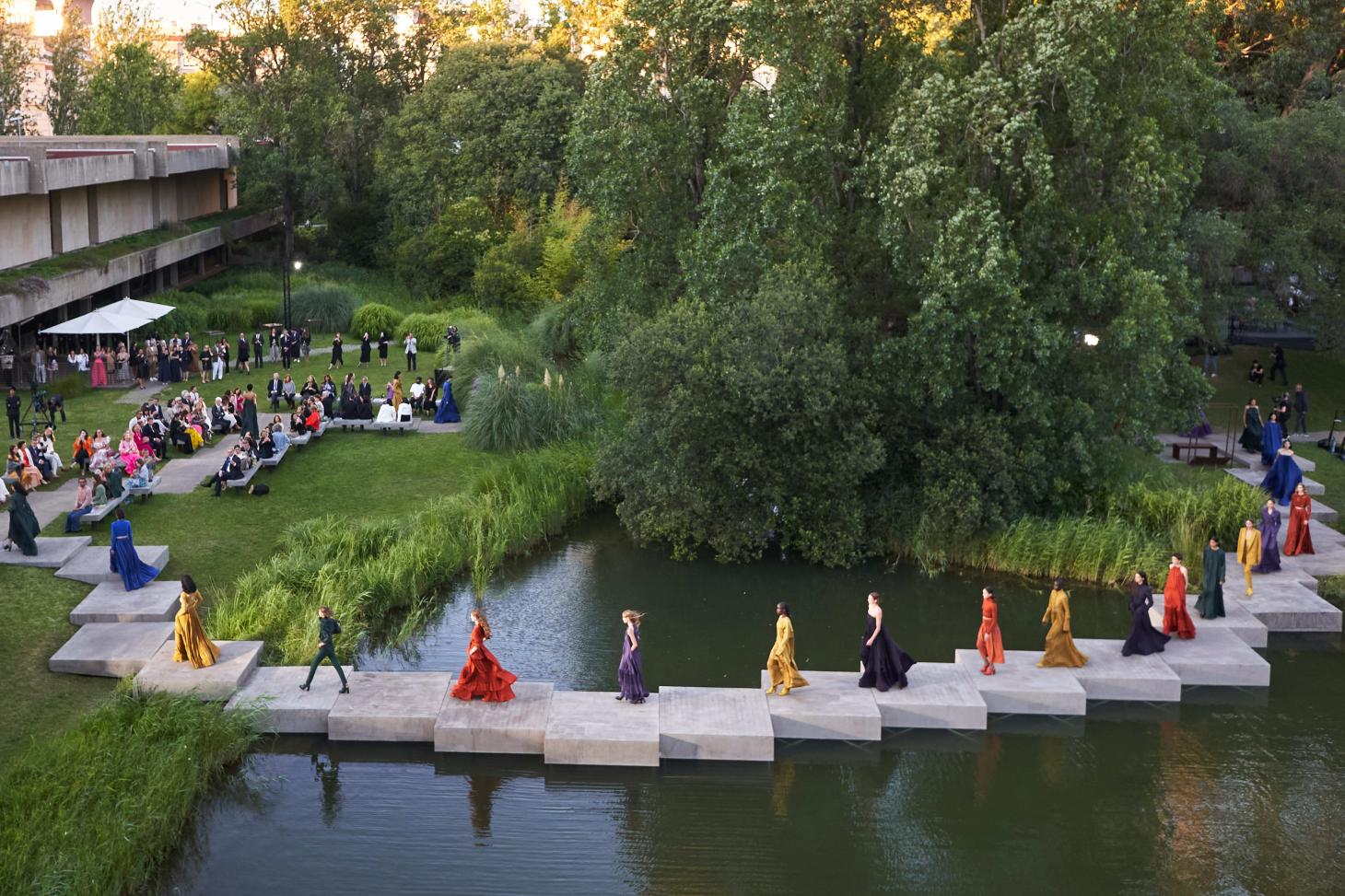
It began with a painting: a woman sits on a chair, legs crossed, caught in profile. Two others sit at her feet, one staring outwards, holding the viewer’s eye. ‘I stopped in my tracks when I came across it,’ says Max Mara creative director Ian Griffiths of the work, which is by midcentury Portuguese artist Nikias Skapinakis.
Yesterday evening (28 June 2022), Griffiths returned to the place of discovery: the Calouste Gulbenkian Collection in Lisbon, Portugal, hosting his Resort 2023 collection amid the gardens of the foundation’s modernist complex. Further research had revealed the subjects of the portrait: pianist Maria João Pires, novelist Fernanda Botelho and, most striking to the designer, Natália Correia, an author, intellectual and activist born in the Azores in 1923.
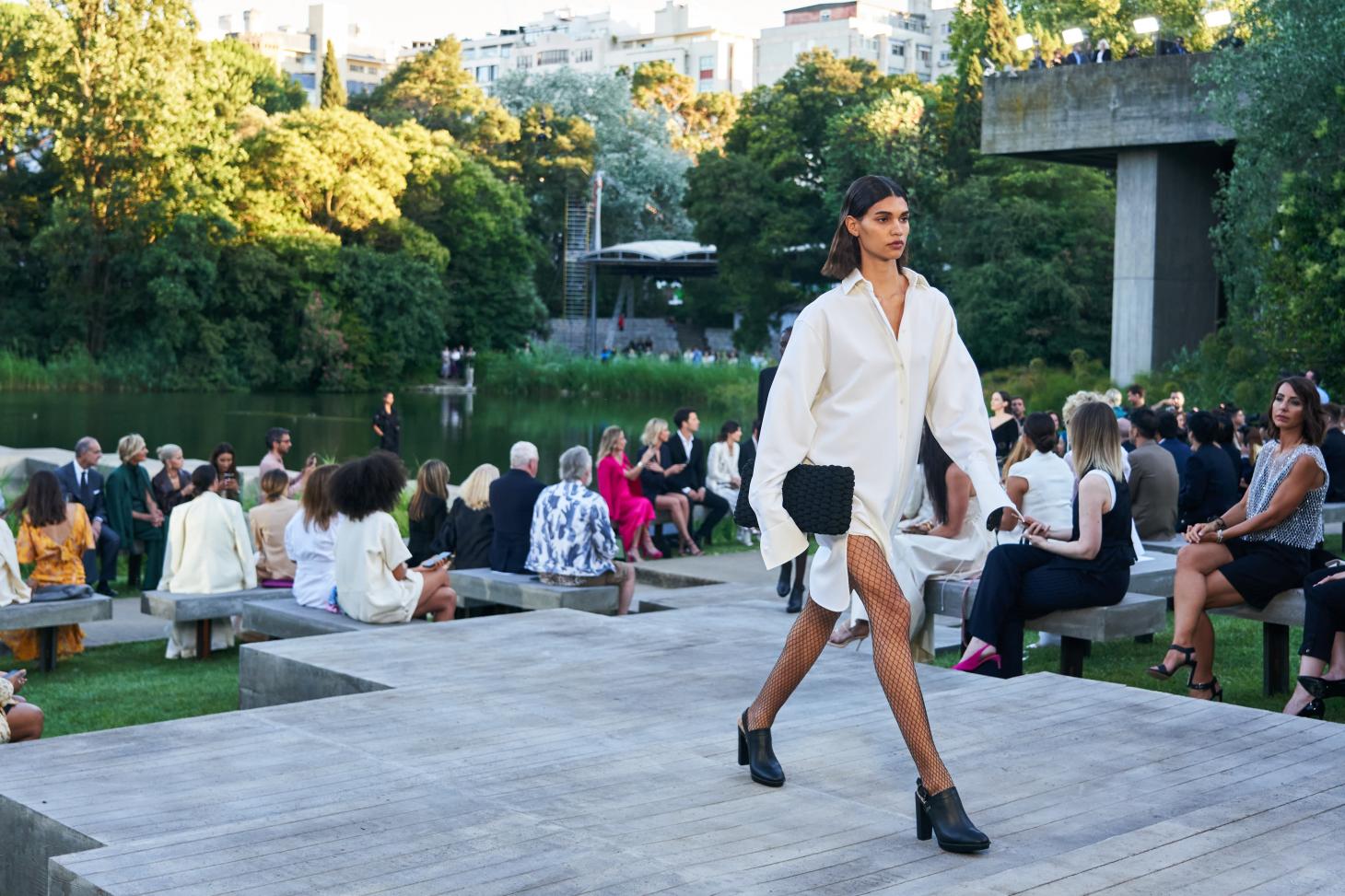
‘You get an immediate sense of this woman’s stature,’ says Griffiths of Correia’s depiction. ‘She’s gazing straight ahead as if she’s looking into the future, and in fact the picture was painted in 1974, the year that the Carnation Revolution brought about the demise of the military government that Correia constantly campaigned against. There’s a sense of calm destiny and confidence that made me want to know more. And the more I found out, the more I was inspired. I was looking for a strong central figure around which to build the collection’s narrative – that just had to be Natália.’
Correia is the latest to be elevated into what Griffiths calls the ‘Max Mara pantheon of strong women’, spanning culture, politics and celebrity; last season (A/W 2022), it was Sophie Taeuber-Arp, a multidisciplinary artist closely associated with the Dada movement. Correia, Griffiths said, deserved her place for ‘her own brand of feminism with its emphasis on erotic liberalism [which allowed] her to express her sensuality. I think we’re all looking to live our lives in a way which satisfies the various facets of our personalities – the creative, intellectual and sensual. Here’s a woman who managed to achieve it, and here’s a collection that celebrates that achievement.’
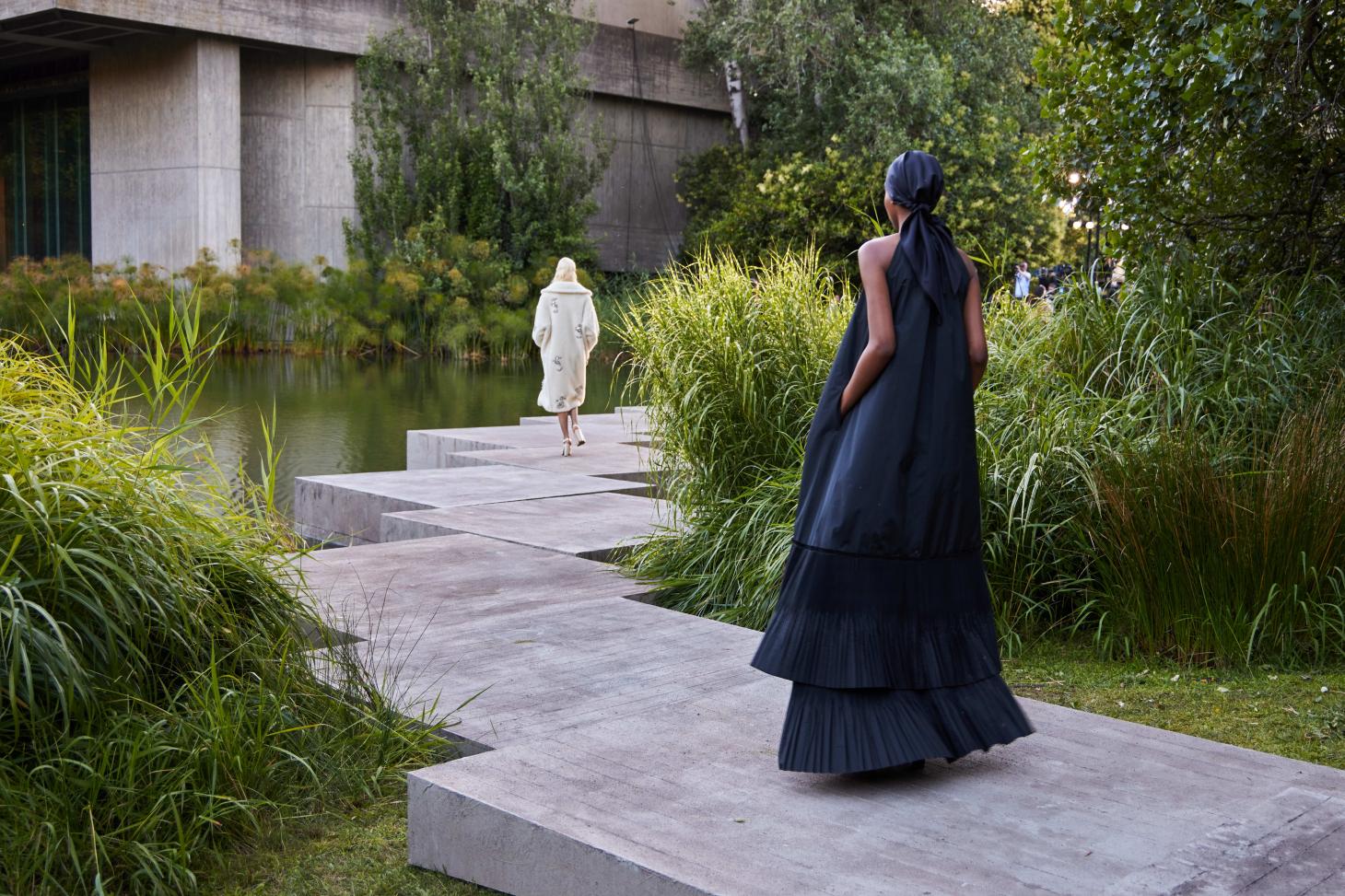
An intellectual sensuality has long been embedded in Griffiths’ collections for the house, here also playing into the choice of location: the gardens of the Calouste Gulbenkian Collection, where lush vegetation and pools of water meet clean concrete lines and stepping stones (built in the 1960s, they are based on a project by landscape architects António Viana Barreto and Gonçalo Ribeiro). ‘It’s the best setting I can imagine for this collection,’ he says. ‘We will be showing just before the sun sets; I’m hoping we will capture the contented, sensual mood that you get at the end of a sun-baked day.’
Of the collection, Griffiths describes a ‘quasi-minimalist sense of rigour, a collection that’s both sexy and serious’. Drawing particular inspiration from Correia’s passionate defence of sexual freedom – epitomised best in Antologia da Poesia Portuguesa Erótica e Satírica, her anthology of erotic poetry that was seized by authorities for its content – Griffiths sought a ‘voluptuous, curvier silhouette’, expressed in or sheath dresses and pencil skirts, while cropped tops (revealing a slice of midriff beneath) and ‘a new look at the [off-the-shoulder] décolleté’ also captured a similar mood.
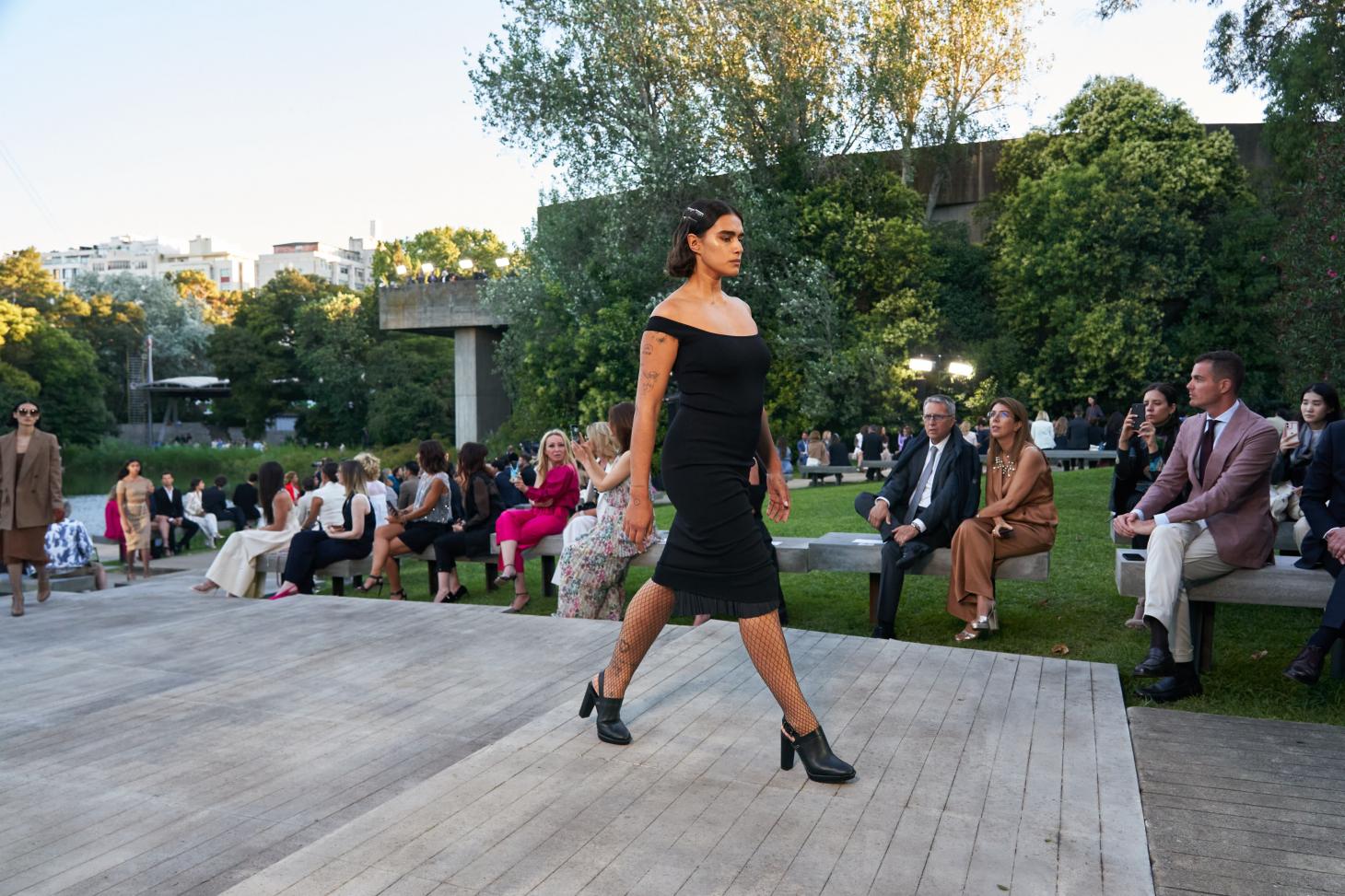
Elsewhere, Griffiths looked towards traditional Portuguese dress; notably, the figure of Amália Rodrigues, the ‘queen of Fado’ (a traditional form of music from the country that originated from Lisbon) and an attendee of parties at Correia’s home and bar, Bar Botequim. Looking at photographs of the artist on stage, the designer noticed a ‘passion for plissé’, here translated in pleated waistbands or slips that emerged from the hem of pencil skirts. A nod to the country’s craft traditions also ran throughout, referenced in vivid folk-inspired prints and a series of handkerchiefs, hand-embroidered by Portuguese craftspeople and stitched onto T-shirts (called ‘handkerchiefs of love’, they are traditionally gifted to prospective romantic partners). ‘It all adds up to a new feminine kind of modernity with a pinch of folk culture,’ says Griffiths.
Wallpaper* Newsletter
Receive our daily digest of inspiration, escapism and design stories from around the world direct to your inbox.
‘I didn’t know Portugal well before I started this project; it’s been a journey of discovery for me, but naturally I have followed avenues where there has been a personal resonance,’ he says of the location, which marks the final stop in a season of Cruise shows that has transported attendees around the world, from San Diego to Monaco. ‘I always look for a destination where not everyone has been, but everyone has ideas about. When you say Lisbon, an image of the city springs to mind, a city of romance, charm, and character, where new and old blend seamlessly’ – a spirit reflected in the era-spanning collection itself.
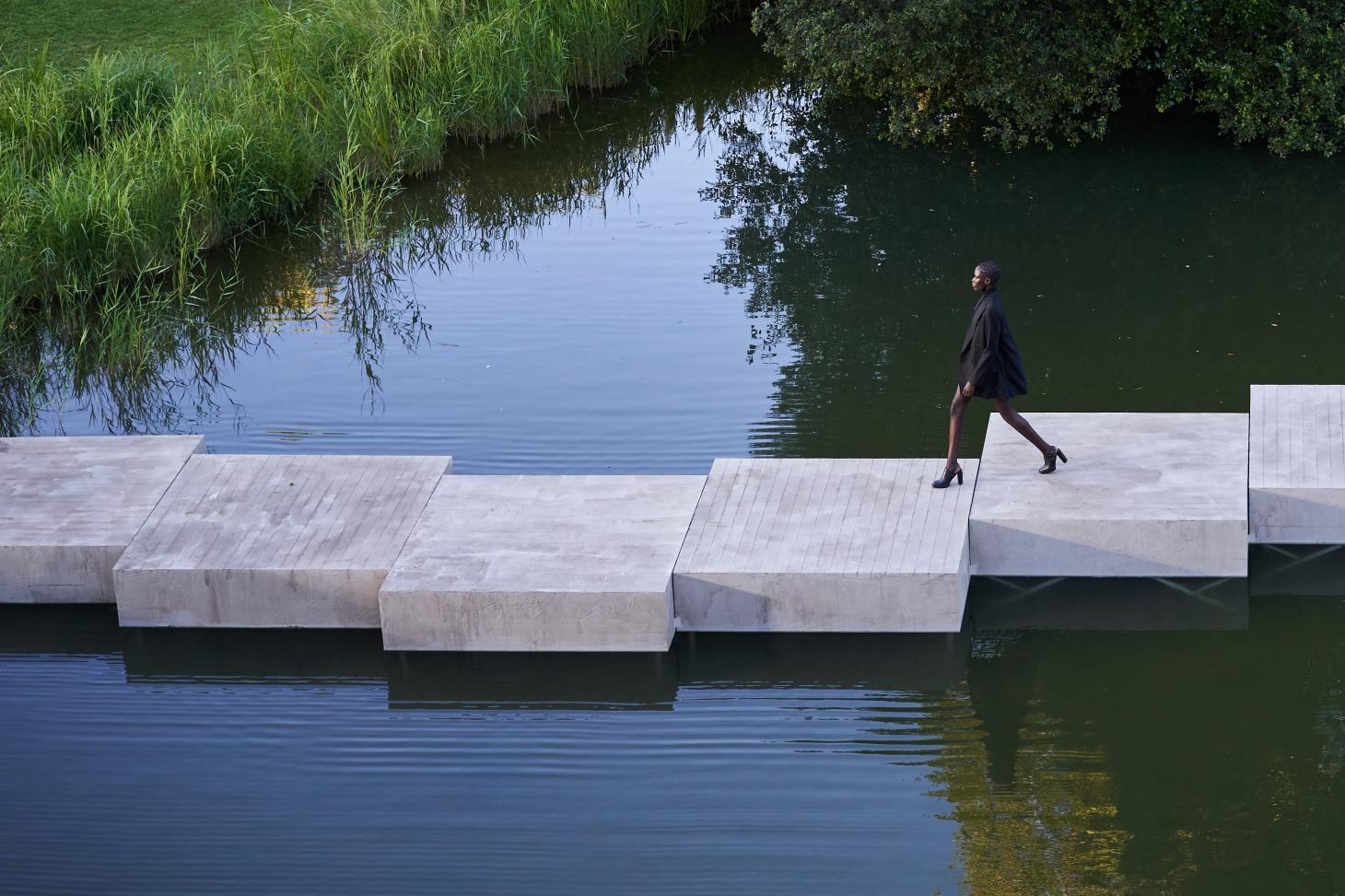
INFORMATION
Jack Moss is the Fashion Features Editor at Wallpaper*, joining the team in 2022. Having previously been the digital features editor at AnOther and digital editor at 10 and 10 Men magazines, he has also contributed to titles including i-D, Dazed, 10 Magazine, Mr Porter’s The Journal and more, while also featuring in Dazed: 32 Years Confused: The Covers, published by Rizzoli. He is particularly interested in the moments when fashion intersects with other creative disciplines – notably art and design – as well as championing a new generation of international talent and reporting from international fashion weeks. Across his career, he has interviewed the fashion industry’s leading figures, including Rick Owens, Pieter Mulier, Jonathan Anderson, Grace Wales Bonner, Christian Lacroix, Kate Moss and Manolo Blahnik.
-
 Put these emerging artists on your radar
Put these emerging artists on your radarThis crop of six new talents is poised to shake up the art world. Get to know them now
By Tianna Williams
-
 Dining at Pyrá feels like a Mediterranean kiss on both cheeks
Dining at Pyrá feels like a Mediterranean kiss on both cheeksDesigned by House of Dré, this Lonsdale Road addition dishes up an enticing fusion of Greek and Spanish cooking
By Sofia de la Cruz
-
 Creased, crumpled: S/S 2025 menswear is about clothes that have ‘lived a life’
Creased, crumpled: S/S 2025 menswear is about clothes that have ‘lived a life’The S/S 2025 menswear collections see designers embrace the creased and the crumpled, conjuring a mood of laidback languor that ran through the season – captured here by photographer Steve Harnacke and stylist Nicola Neri for Wallpaper*
By Jack Moss
-
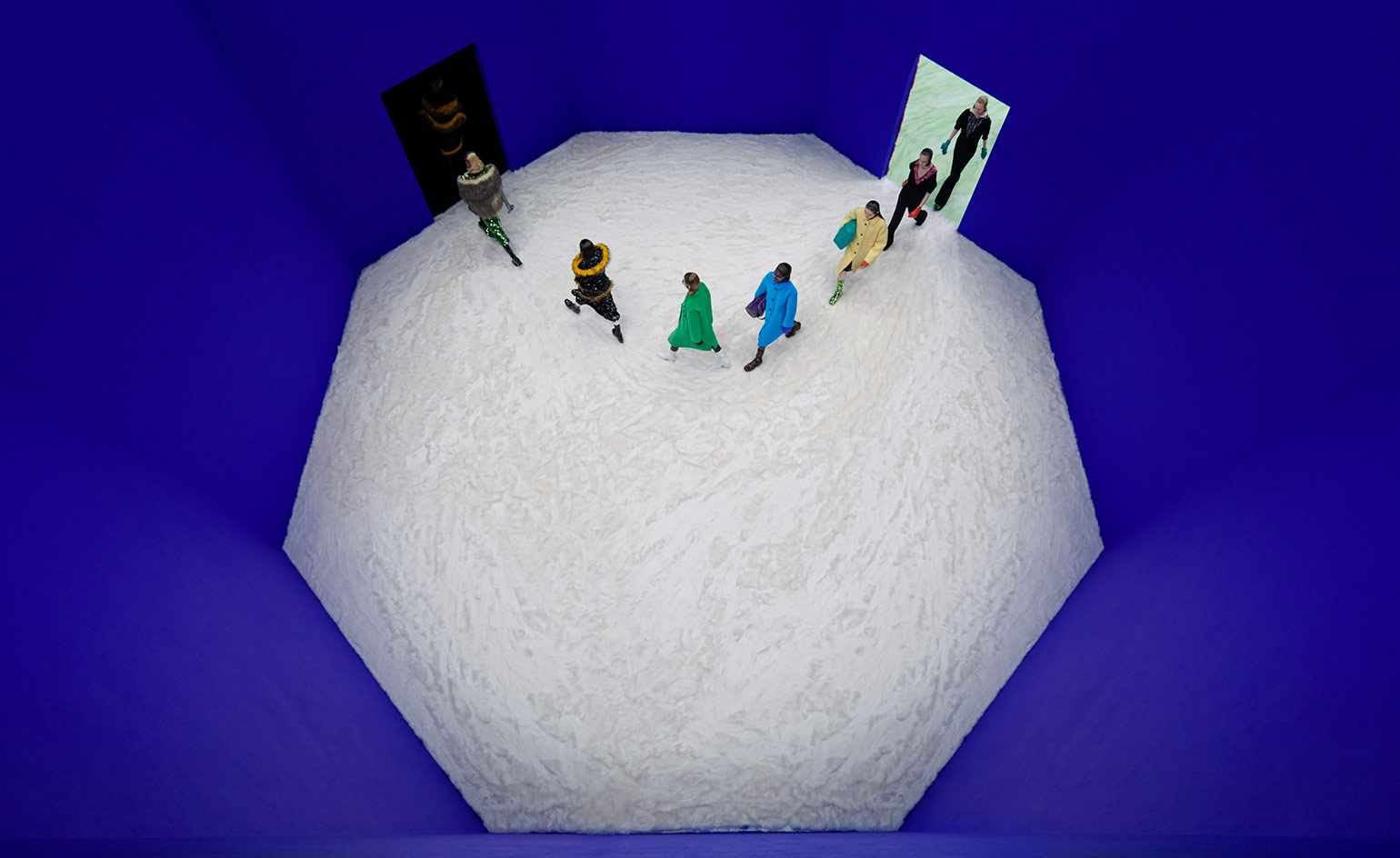 Milan Fashion Week A/W 2021: designers riff on romp and relaxation
Milan Fashion Week A/W 2021: designers riff on romp and relaxationMilan Fashion Week offered a wardrobe for life after lockdown, by brands including Fendi, Prada, Salvatore Ferragamo, Valentino and Giorgio Armani
By Laura Hawkins
-
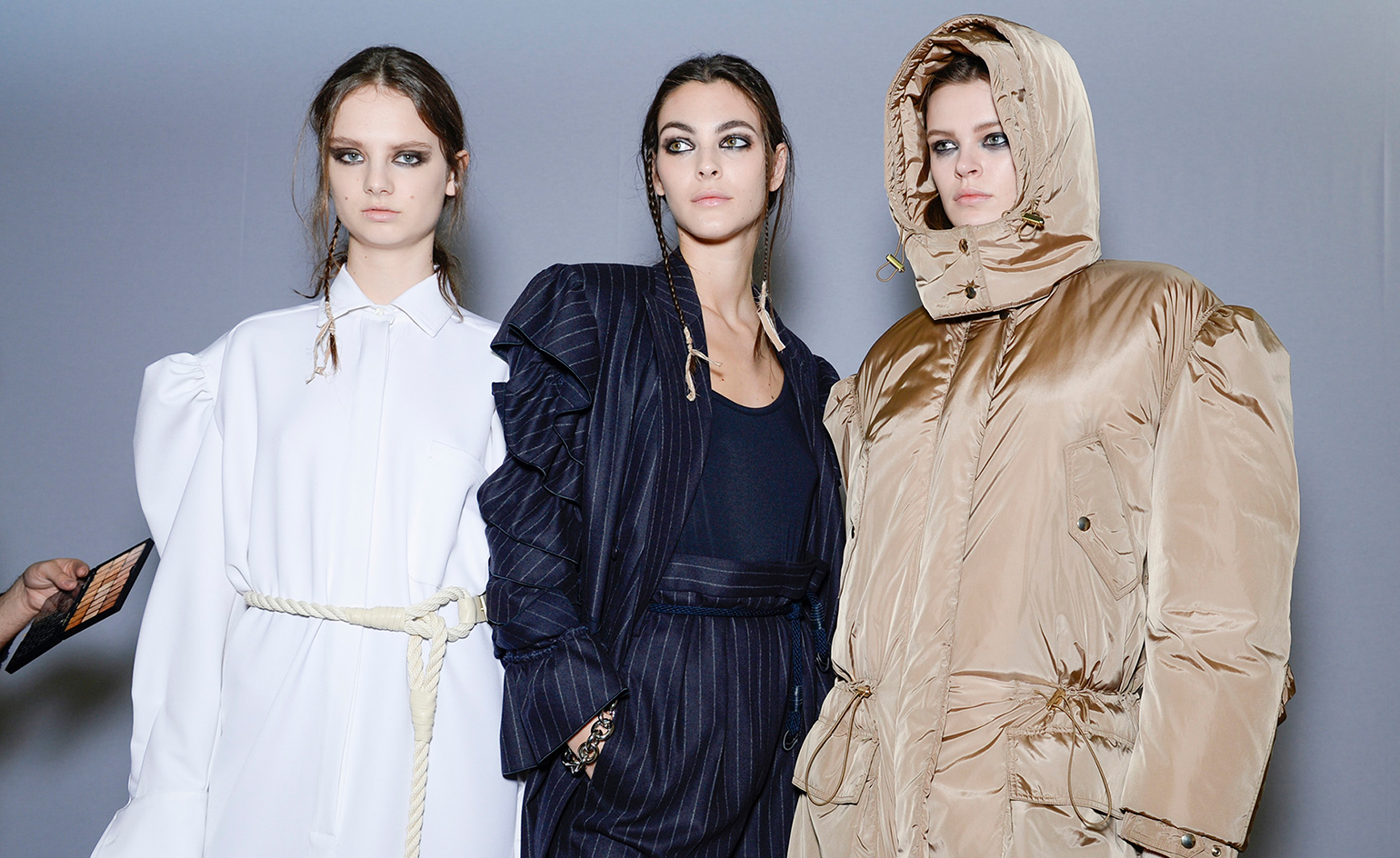 Max Mara A/W 2020 Milan Fashion Week Women's
Max Mara A/W 2020 Milan Fashion Week Women'sBy Laura Hawkins
-
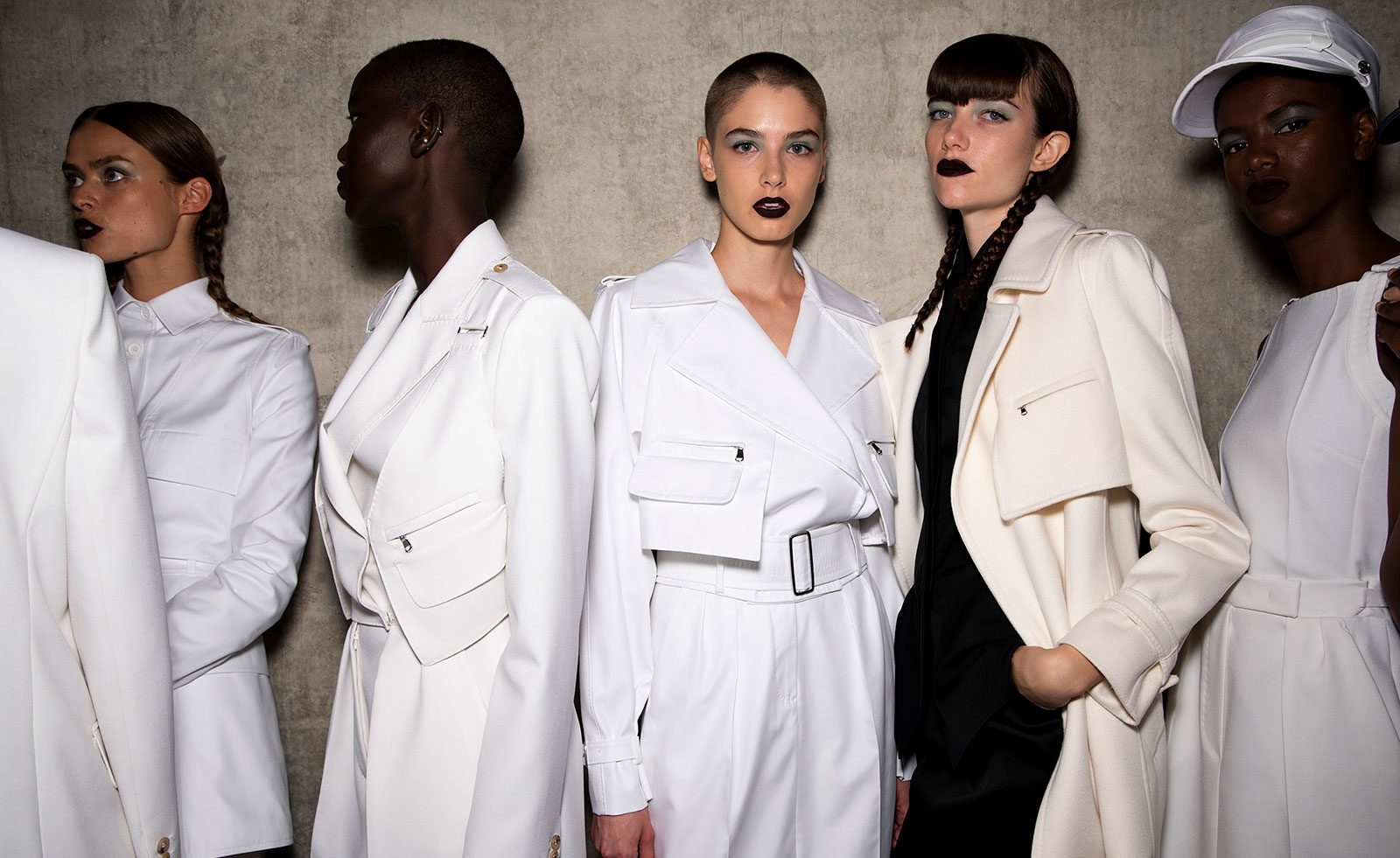 Max Mara S/S 2020 Milan Fashion Week Women's
Max Mara S/S 2020 Milan Fashion Week Women'sBy Laura Hawkins
-
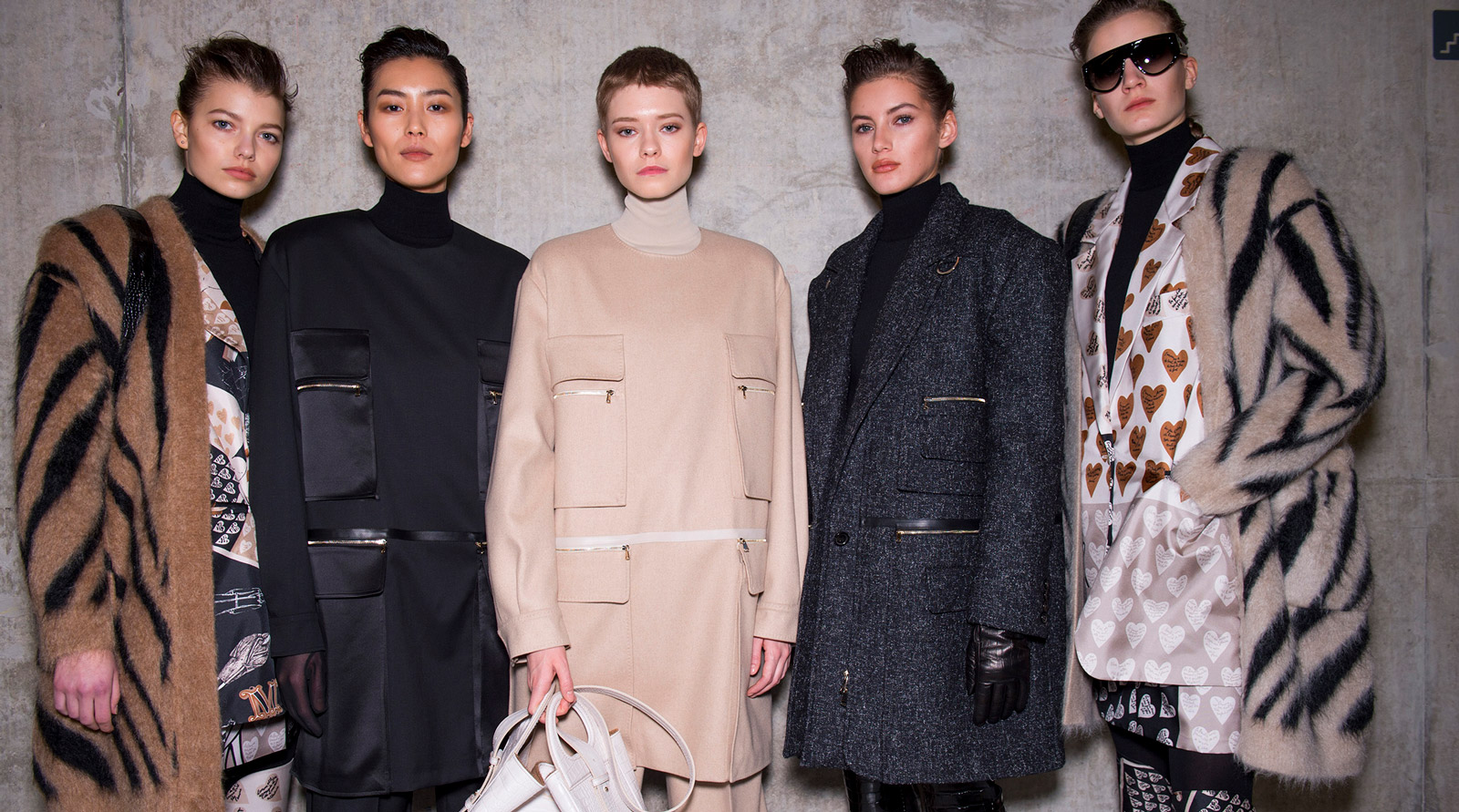 Max Mara A/W 2019 Milan Fashion Week Women's
Max Mara A/W 2019 Milan Fashion Week Women'sBy Laura Hawkins
-
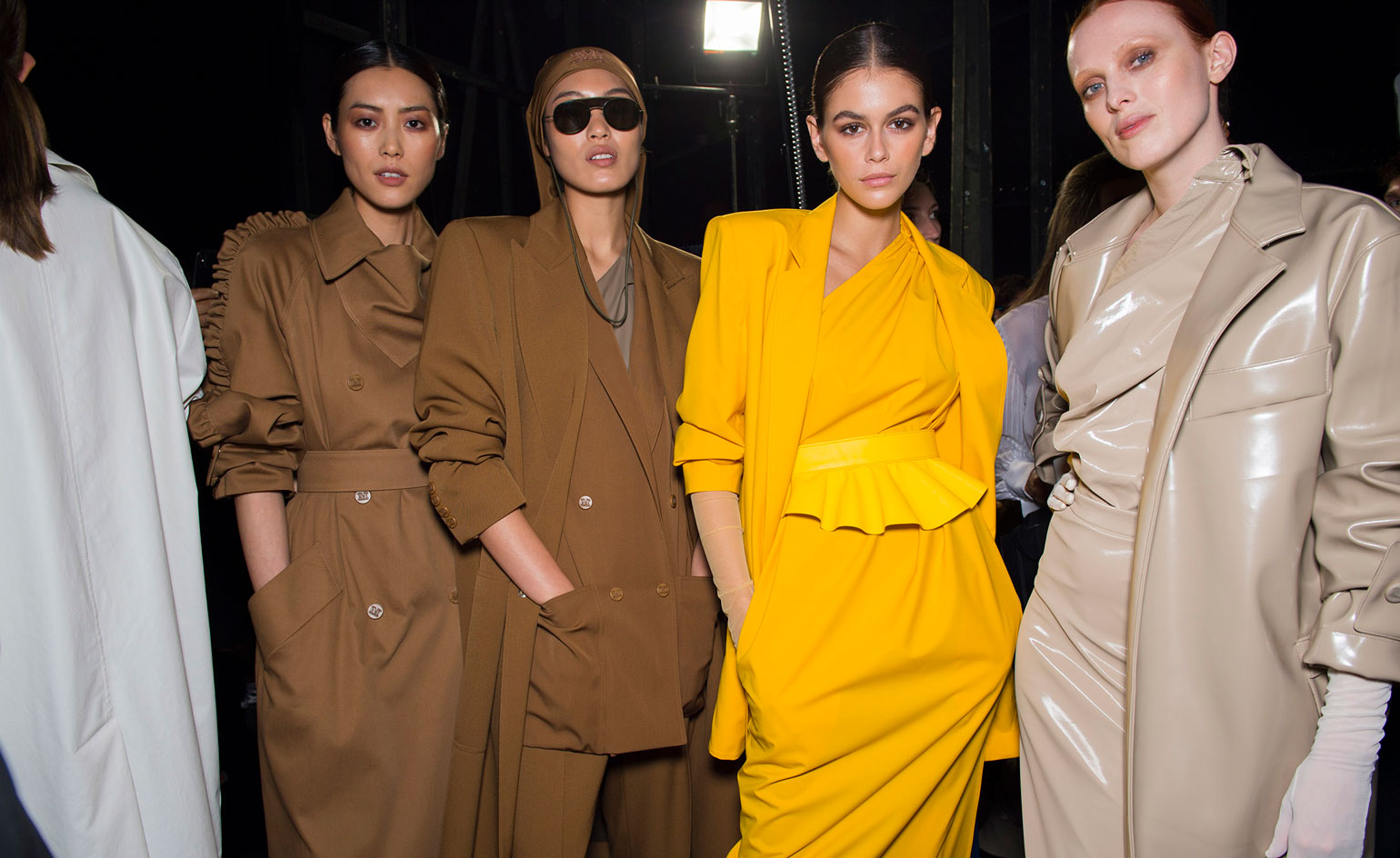 Max Mara S/S 2019 Milan Fashion Week Women's
Max Mara S/S 2019 Milan Fashion Week Women'sBy Laura Hawkins
-
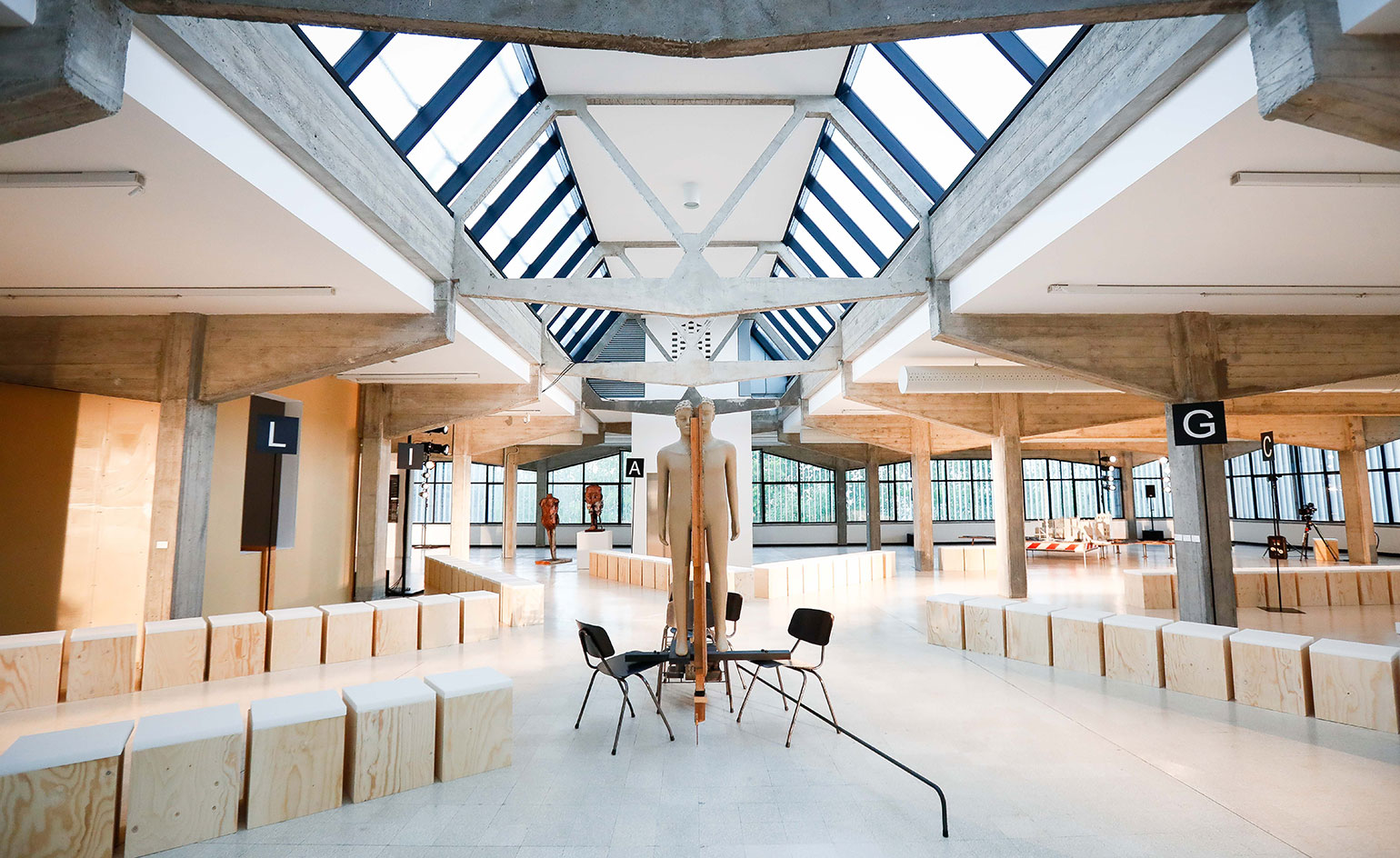 Max Mara stages its artful Resort 2019 show at the Collezione Maramotti
Max Mara stages its artful Resort 2019 show at the Collezione MaramottiBy Laura Hawkins
-
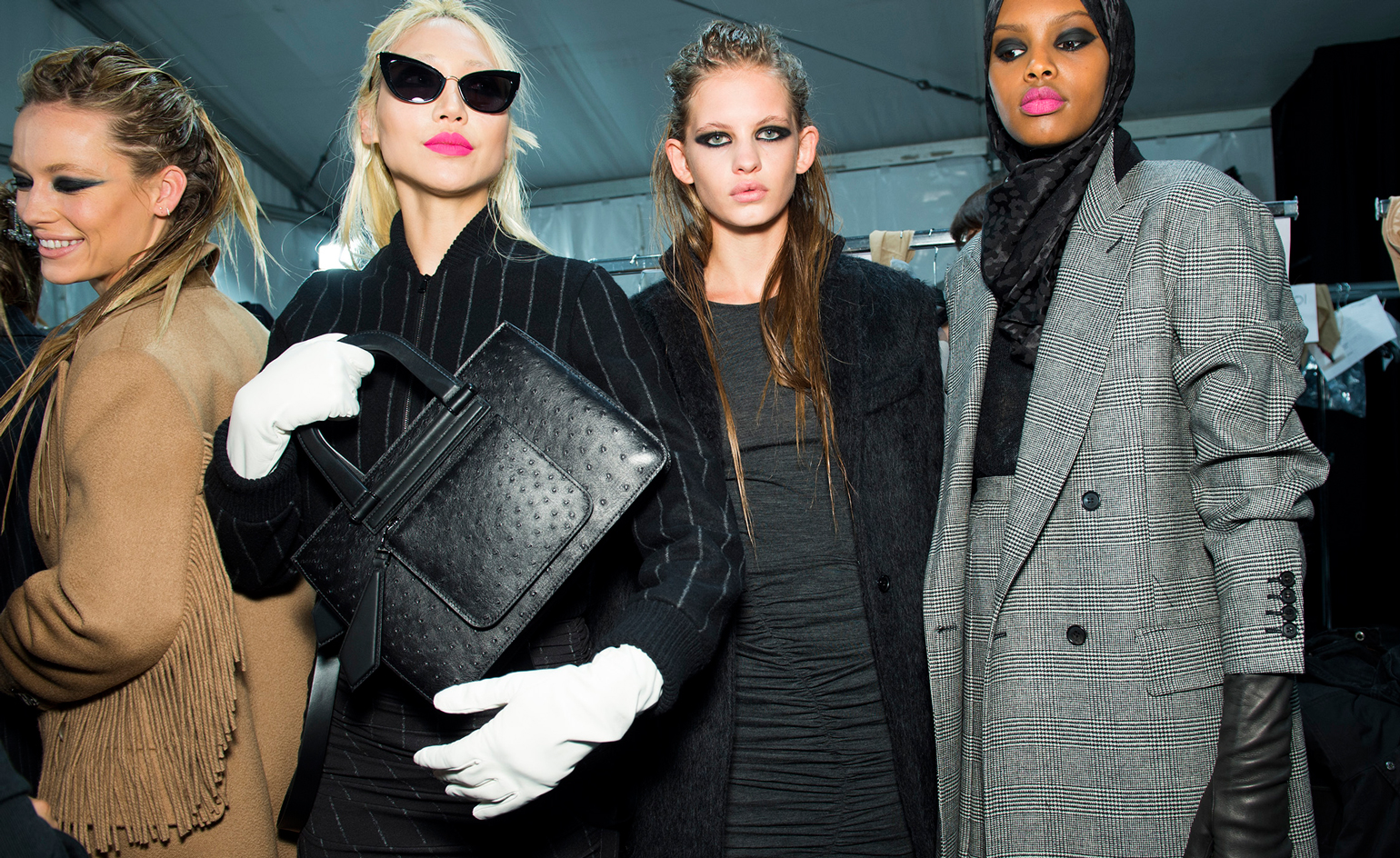 Max Mara A/W 2018
Max Mara A/W 2018By Laura Hawkins
-
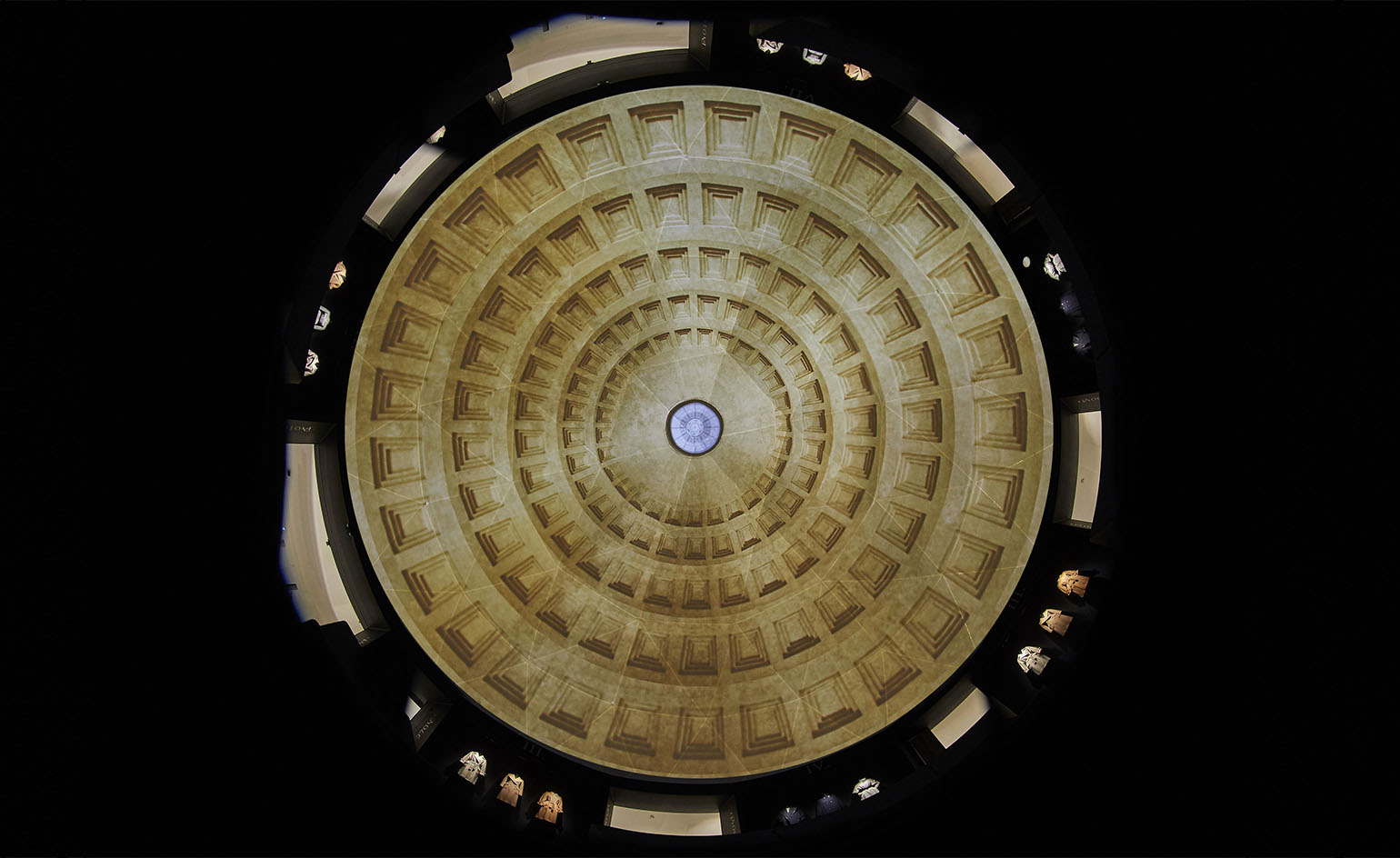 Wrap artist: a retrospective remix for Max Mara embraces body and Seoul
Wrap artist: a retrospective remix for Max Mara embraces body and SeoulBy Charlotte Jansen